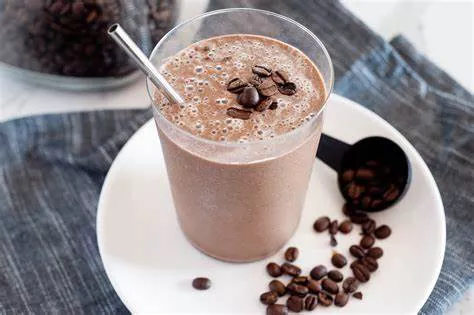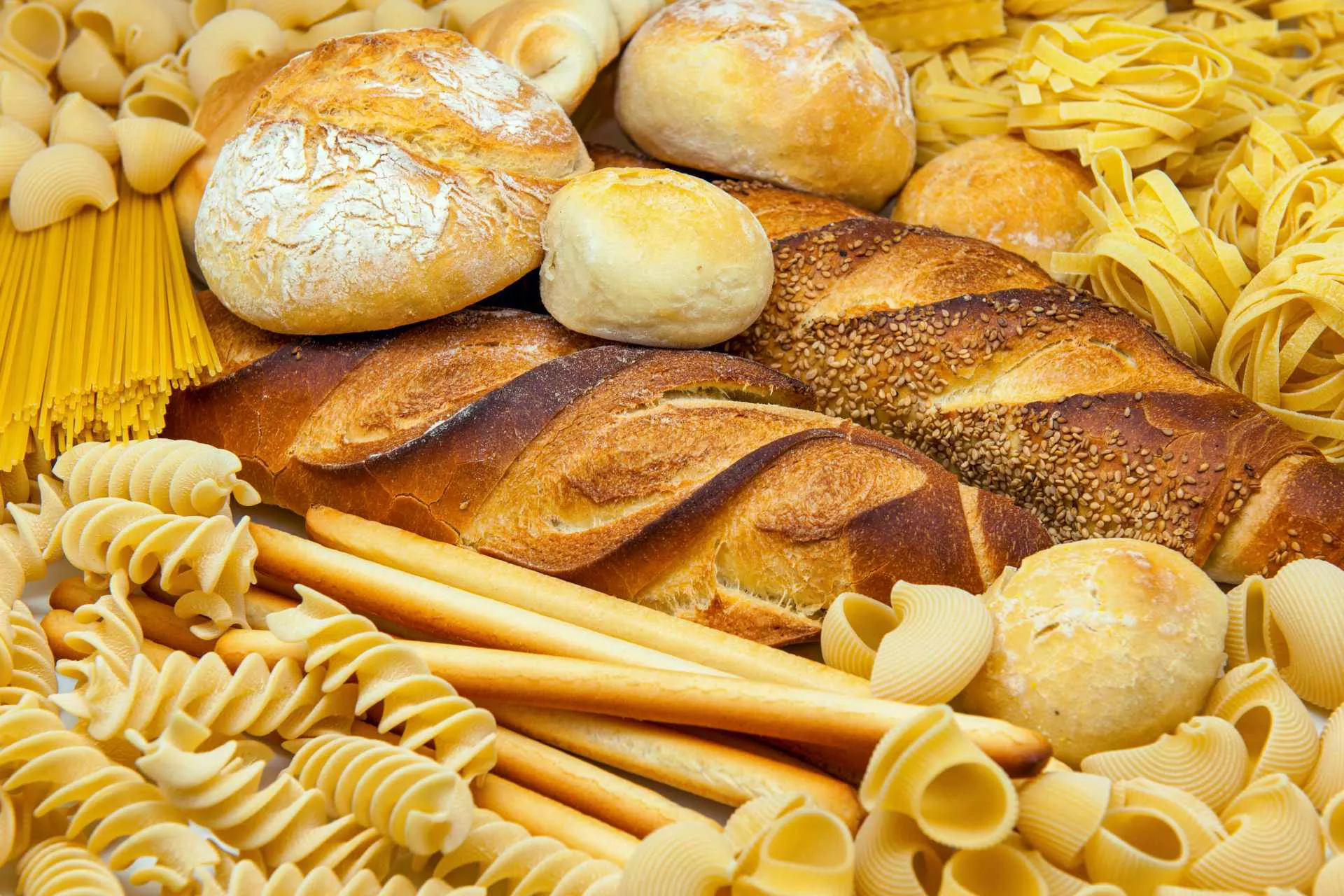Dessert, the delightful conclusion to a meal, is a universal love language. Regardless of where you are in the world, a sweet treat can bring people together and brighten their day. While the specific desserts may vary from place to place, the concept of ending a meal with a sugary indulgence is near-universal. In this article, we will embark on a delectable journey around the world to explore the most common desserts that have captured the hearts and taste buds of people everywhere.
North America: Apple Pie
We begin our journey in North America, where apple pie reigns as one of the most iconic and beloved desserts. The classic American apple pie is celebrated for its warm, cinnamon-infused apple filling and flaky pastry crust. It’s a symbol of comfort, tradition, and homemade goodness. Apple pie, often served with a scoop of vanilla ice cream, embodies the essence of North American dessert culture.
South America: Tres Leches Cake
In South America, Tres Leches Cake is a dessert sensation that has won the hearts of many. This delectable treat, which originates from Latin American countries like Mexico and Nicaragua, consists of a light sponge cake soaked in three different types of milk: evaporated milk, sweetened condensed milk, and heavy cream. Tres Leches Cake is known for its moist texture and sweet, milky flavor, making it a delightful end to any South American meal.
Europe: Tiramisu
Our sweet journey takes us to Europe, where Tiramisu, an Italian masterpiece, stands out as a beloved dessert. Tiramisu, which means “pick me up” or “lift me up,” is a rich and creamy dessert made with layers of coffee-soaked ladyfingers, mascarpone cheese, and cocoa powder. It’s an elegant, yet indulgent dessert that satisfies the sweet tooth of dessert enthusiasts around the world.
Asia: Mochi
Heading east to Asia, we encounter Mochi, a delightful Japanese dessert that has found popularity not only in Japan but also in many other parts of Asia. Mochi is made from glutinous rice, pounded into a sticky, chewy texture and formed into various shapes and flavors. These sweet rice cakes can be filled with ice cream, red bean paste, or other sweet fillings, offering a unique and satisfying texture with every bite.
Africa: Baklava
Our dessert journey takes us to Africa, where Baklava, a pastry with a rich history, is celebrated for its sweet, nutty, and flaky layers. Baklava is made by layering sheets of phyllo pastry with chopped nuts, usually walnuts or pistachios, and sweetening it with honey or syrup. It’s a treat with an irresistible combination of textures and flavors that has become a beloved dessert in many African countries.
Australia: Pavlova
Down under in Australia, Pavlova takes center stage as one of the most common desserts. Named after the famous Russian ballerina Anna Pavlova, this meringue-based dessert is characterized by a crisp outer shell and a soft, marshmallow-like interior. It’s traditionally topped with whipped cream and an assortment of fresh fruits, creating a dessert that’s both light and indulgent.
Middle East: Baklava
While Baklava also makes an appearance in the Middle East, another dessert that captures the essence of this region is Kunafa. Kunafa is a sweet pastry made from thin noodle-like strands of semolina dough that are layered, baked, and then soaked in a sugary syrup. It’s often garnished with crushed pistachios or other nuts, offering a sweet and crunchy texture that’s cherished in Middle Eastern dessert culture.
Caribbean: Rum Cake
In the Caribbean, Rum Cake is a dessert that showcases the region’s vibrant flavors. This moist and boozy cake is infused with a generous amount of rum, which adds a rich and distinctive flavor. The cake is often topped with a glaze made from rum and sugar, making it a delightful treat that’s enjoyed at special occasions and celebrations.
Antarctica: Chocolate Cake
Even in the harshest continent of Antarctica, people still crave the comfort of a good dessert. In this remote land, chocolate cake serves as a reminder of home and a way to lift spirits during long stays in icy isolation. The simple pleasure of a moist, rich chocolate cake is cherished by those who work and live in this extreme environment.
Adapting Global Desserts
While these desserts are enjoyed in their traditional forms, the beauty of global cuisine is that it’s always evolving. People worldwide are adapting and merging desserts from different cultures, creating unique and exciting flavor combinations. Here are a few examples of adaptations:
Matcha Tiramisu: A fusion of Italian Tiramisu and Japanese matcha green tea, resulting in a delightful balance of bitterness and sweetness.
ChocoFlan: A fusion of chocolate cake and flan, combining the best of both worlds with a rich, chocolatey base and a creamy, caramel-infused topping.
Mango Sticky Rice Ice Cream: Combining the classic Thai dessert of mango sticky rice with the beloved frozen treat, resulting in a refreshing and exotic ice cream flavor.
Baklava Cheesecake: Merging the layers of nutty, honey-soaked Baklava with the creamy richness of cheesecake, offering a delightful contrast of textures and flavors.
Spiced Apple Empanadas: Drawing inspiration from North American apple pie, these dessert-filled pastries are a delicious take on a Latin American classic.
The world of dessert is a realm of endless possibilities, where flavors and traditions merge to create new and exciting treats. These adaptations reflect the global interconnectedness of culinary traditions and the desire to explore new taste experiences.
The Sweetness of Shared Culture
Desserts are more than just delicious treats; they are expressions of culture, tradition, and history. They serve as sweet bridges that connect people from different backgrounds, transcending language and borders. Whether it’s the warm aroma of apple pie in a North American kitchen or the delicate sweetness of Tres Leches Cake in a South American cafe, desserts have the power to evoke memories and create a sense of belonging.





















